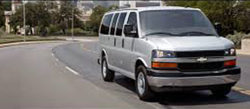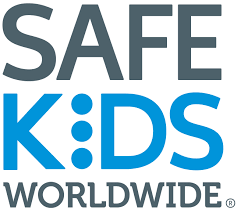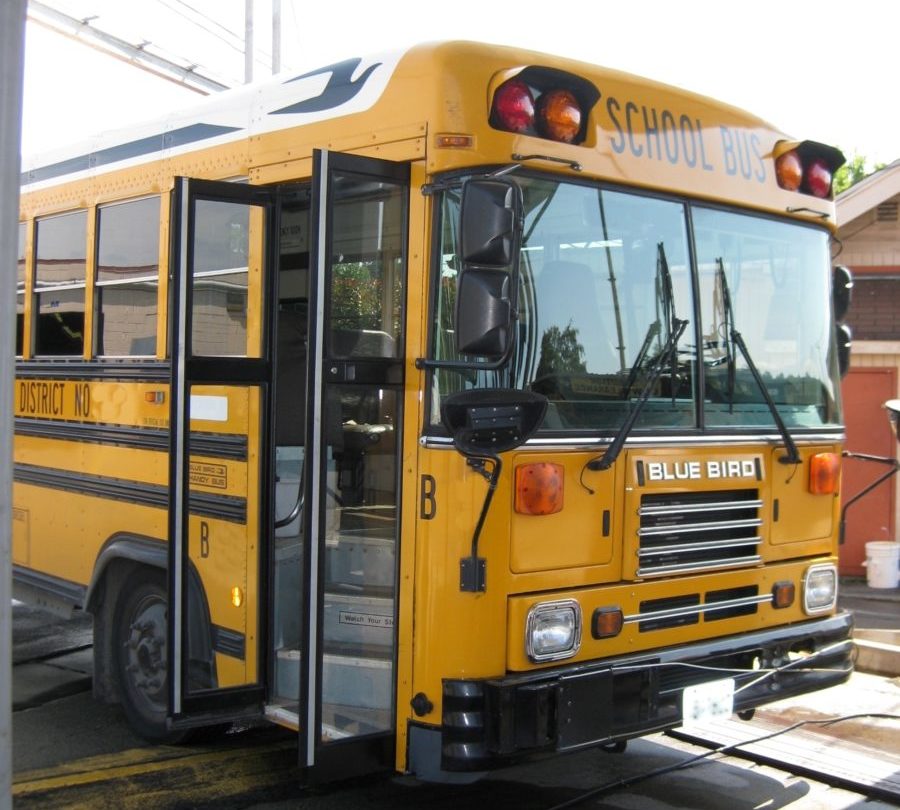Personal experience led Washington Post reporter and parent Lauren Gravitz to write the recent article “Risky transport: Camps, churches and other programs are trading car-seat safety for convenience.” Read More from “Reporter Confronts Common Myths About Full-Size Vans and CRs”
News
Target and Walmart Provide Recycling Solutions
While it’s crucial that caregivers use only CRs that are in good condition, have not been in a crash, and are not expired, this leads to the question of proper disposal of unusable CRs. What method should caregivers use that is both safe (i.e., will not unwittingly allow them to be used by other children) and environmentally friendly? Happily, Target and Walmart have each stepped up with CR recycling programs to address this problem. The scale and influence of these two major retailers vastly expands current options for safe disposal and effective recycling of CRs (if only for one month out of the year).
Read More from “Target and Walmart Provide Recycling Solutions”
SKW Forms “Children in Autonomous Vehicles Consortium”
Safe Kids Worldwide has organized the Children in Autonomous Vehicles (AVs) Consortium, an 18-month volunteer effort focused on the safety needs of children under 13 in an evolving transportation era. The consortium, consisting of two working groups (Policy, Legislation & Enforcement and Public Information & Education), will follow up on the recommendations of a blue-ribbon panel that met in April 2018 (www.safekids.org/avs). Also, anyone interested in this topic is encouraged to click on the website’s link to join the Children in AVs Interest Group. Members of this group will receive updates from the consortium and can submit questions and information to the consortium’s working groups.
Read More from “SKW Forms “Children in Autonomous Vehicles Consortium””
Is Your Understanding of AVs on the Level?
Autonomous vehicles (AVs) are a hot topic in today’s news, with the efforts of vehicle and technology companies regularly making headlines. Evidence of these efforts can be seen all around the country. In 2011, Nevada was the first state to authorize the operation of autonomous vehicles, and to date, 38 states have passed legislation or regulations regarding AVs, according to the Governors Highway Safety Association. These authorized activities ranging from studies on AVs to vehicle testing with or without a human operator.
Will Parents Let Children Ride Alone in AVs?
In the future, will caregivers be inclined to utilize the convenience of autonomous vehicles to transport their children independently to their many activities? What will happen if children, who are not cognitively capable of taking over control of a vehicle in an emergency, ride alone? And, what assurances will there be that unaccompanied children will be cared for properly at their destination or after a traffic incident?
Read More from “Will Parents Let Children Ride Alone in AVs?”
Halo Traction Requires Special Attention for CPS

Halo traction is used to hold the head in place and stabilize the cervical spine after surgery or injury. It is comprised of a metal framework (called a halo, due to the fact that it encircles the head) attached by pins to the patient’s skull and connected to the body using straps or a vest. The device allows children to move around and participate in many regular activities during the weeks or months of recovery. Although helpful tips for caregivers of children using a halo can be found online, very little is said about safely transporting these children.
Read More from “Halo Traction Requires Special Attention for CPS”
Understanding Dual-Latchplate Lap-Shoulder Belt Systems
A dual-latchplate belt system, discussed in the editorial on page 2 of the 2019 March/April SRN, is the only modern seat belt in which assembly before use may be required. In the spectrum of passive-to-active protection, therefore, this type can be considered “extra-active.”
Dual-latchplate systems are generally the same across many vehicle brands, but specific design variations exist. Always check the instructions for the particular model in use.
Read More from “Understanding Dual-Latchplate Lap-Shoulder Belt Systems”
SRN Surveys RF CR Fit on School Buses
Babies as young as 6 weeks old ride on school buses to attend Early Head Start and teen parent programs. Children this young must ride rear facing, and are safest riding this way as long as they fit the size limits of their RF child safety restraint systems (CSRS).
Government Shutdown Affects CPS
Like all Americans, readers are well aware that the U.S. government was shut down from December 22, 2018, until January 25, 2019, prompting the suspension of activities for all agencies deemed nonessential and furloughing roughly 800,000 federal employees. The CPS work of some readers may have been directly or indirectly impacted by this situation. From a macro level, here is what SRN has learned about some key aspects of CPS with respect to this shutdown and shutdowns in general.
Read More from “Government Shutdown Affects CPS”
Needed: Data on Pets Injured or Killed by Cars
KidsAndCars.org Seeks Data From the Public on Pets Injured or Killed by Cars
For over 20 years, KidsAndCars.org (KAC) has been dedicated to the prevention of noncrash, vehicle-related hazards to children, such as heatstroke, backovers, and trunk entrapment. Since data is key to spurring safety improvements, KAC has long collected data on various not-in-traffic incidents. For many incidents that occur off of roadways, KAC was the first to begin collecting incident data, and it was instrumental in securing the 2005 legislation that required NHTSA to begin surveillance of these types of events. Read More from “Needed: Data on Pets Injured or Killed by Cars”





